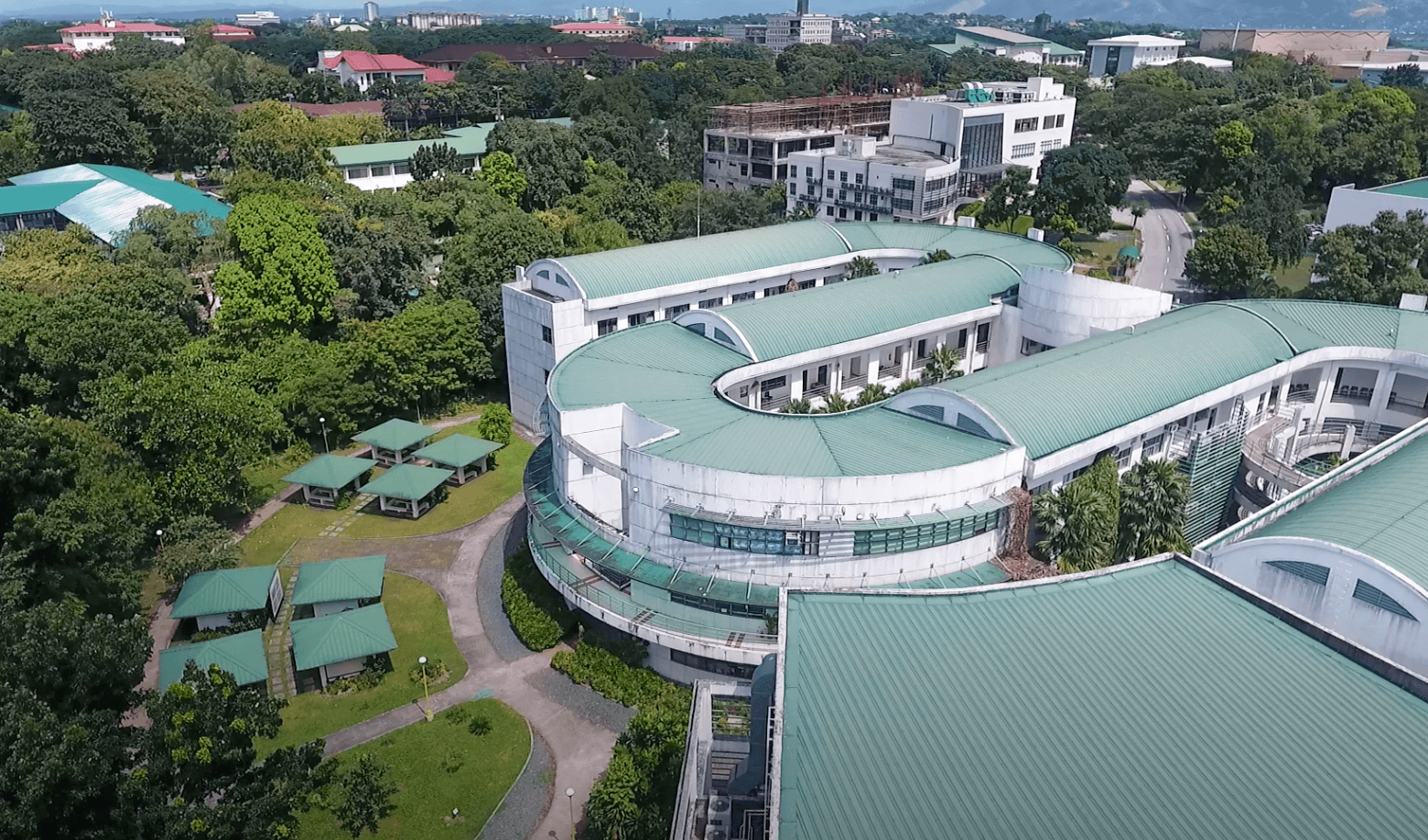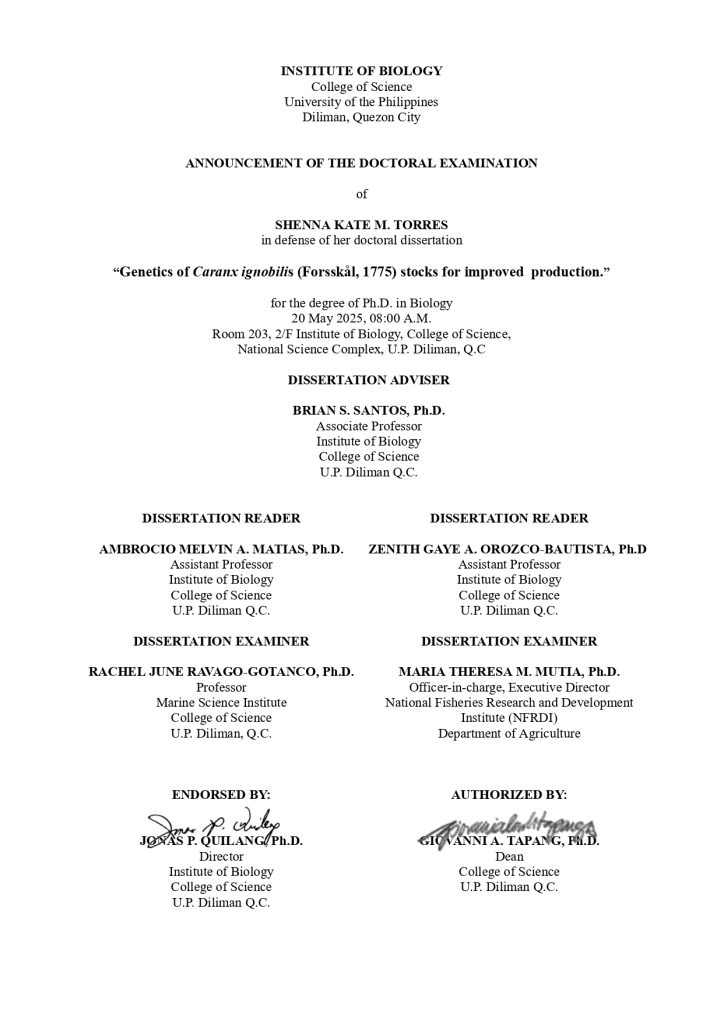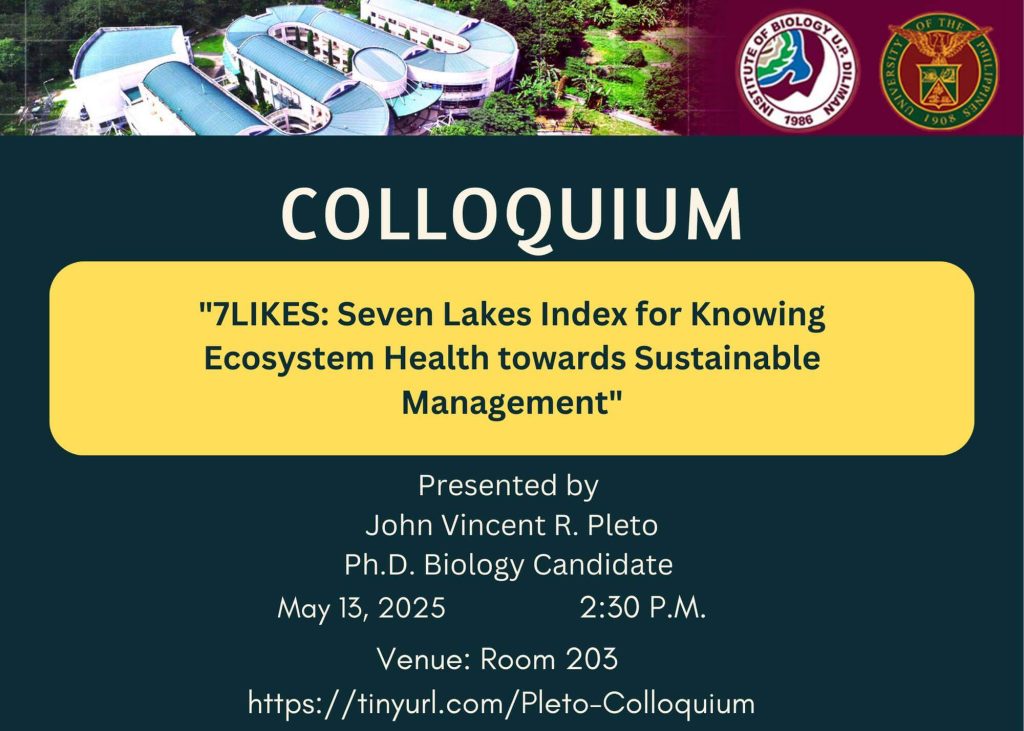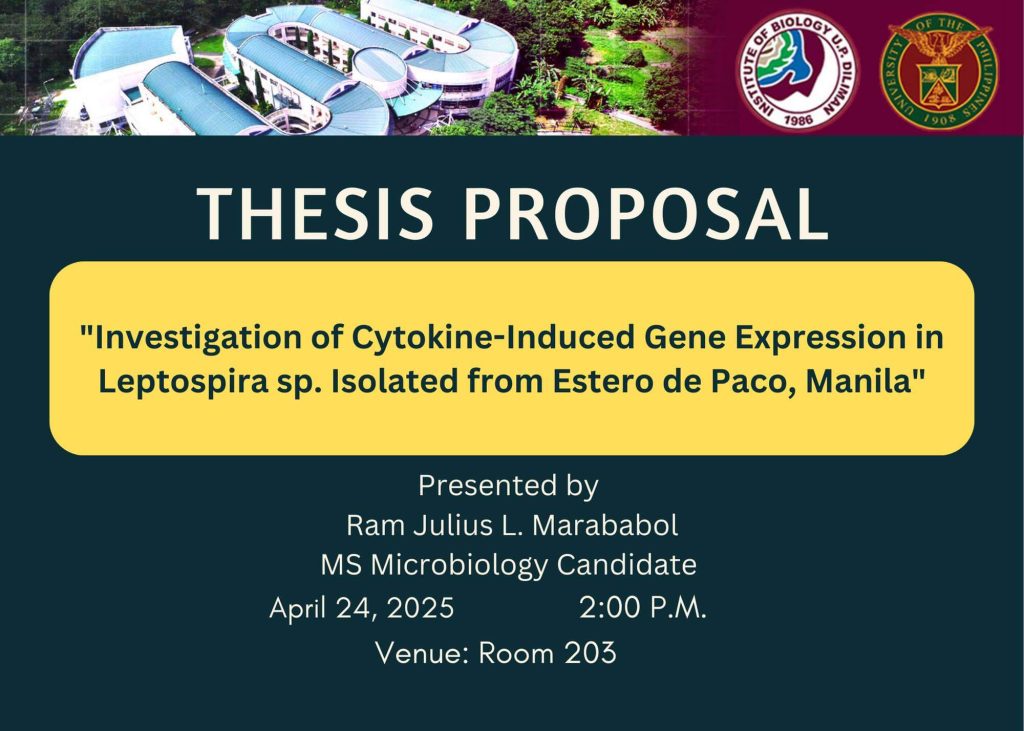TROPICAL
BIODIVERSITY
from Molecules to Ecosystems:
An Integrative Approach
towards Sustainable
Development
LATEST NEWS AND ANNOUNCEMENTS
Doctoral Examination: Shenna Kate M. Torres
The Institute of Biology invites everyone to a colloquium by: John Vincent R. Pleto, Ph.D....
Read MoreColloquium: John Vincent R. Pleto
The Institute of Biology invites everyone to a colloquium by: John Vincent R. Pleto, Ph.D....
Read MoreThesis Proposal: Ram Julius L. Marababol
The Institute of Biology invites everyone to the thesis proposal presentation of Ram Julius L....
Read MoreBIODIVERSITY
HUB
Natural history exhibits such as the UPIB-EDC Biodiversity Hub aim to share the beauty and wonder of the natural world with the general public.
Biodiversity Hub

Threatened Species Arboretum

Jose Vera Santos Memorial Herbarium

Invertebrate Museum

Vertebrate Museum

The UP Wild










